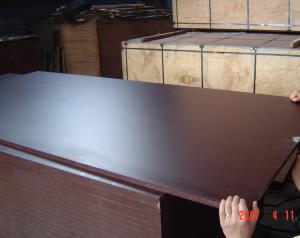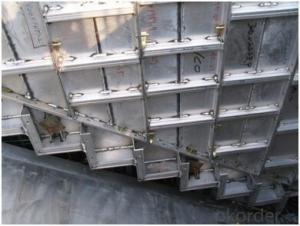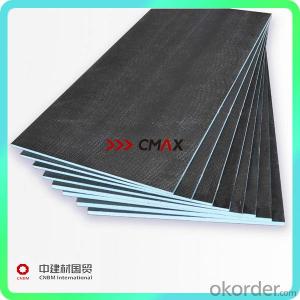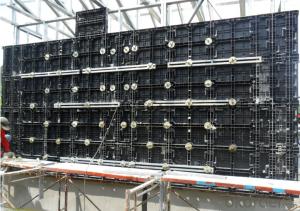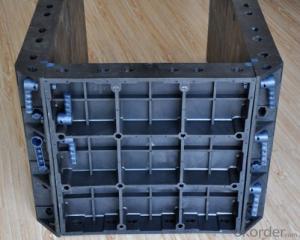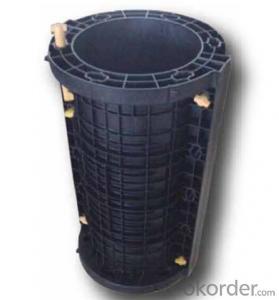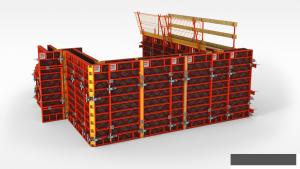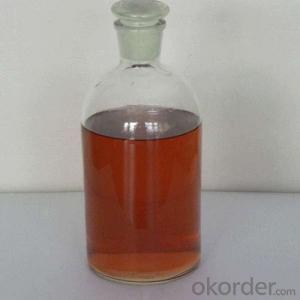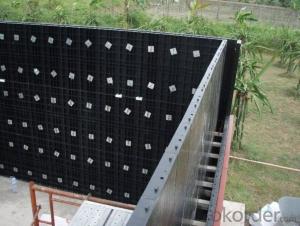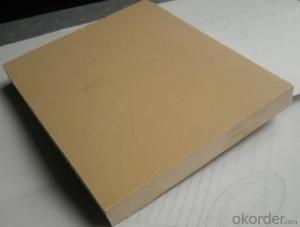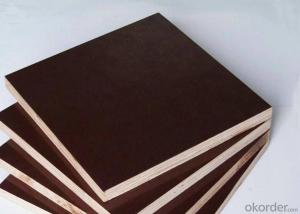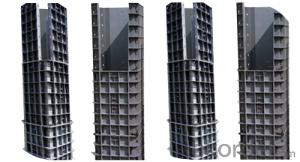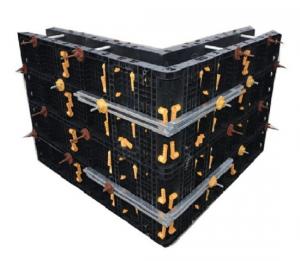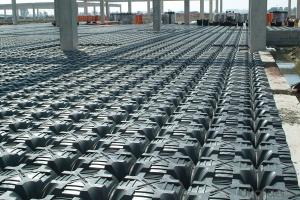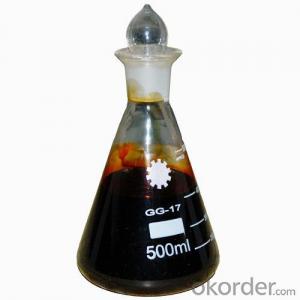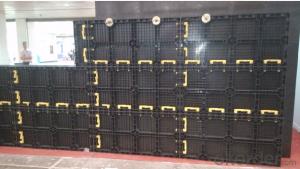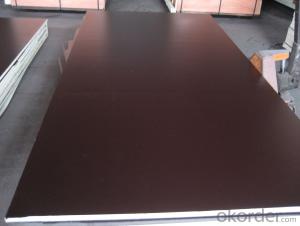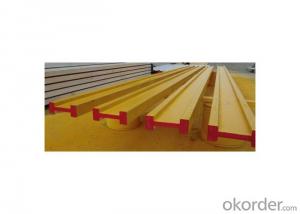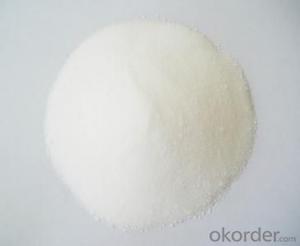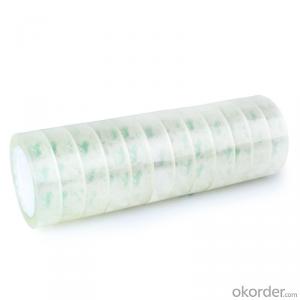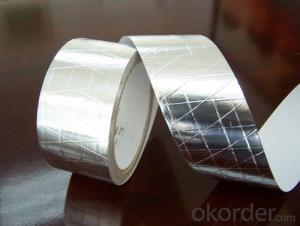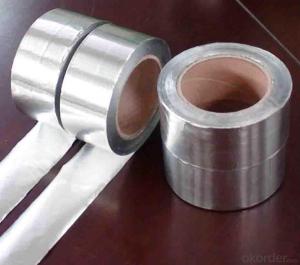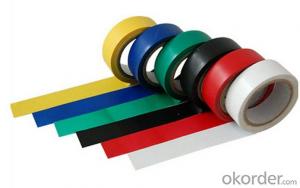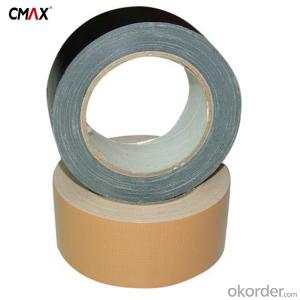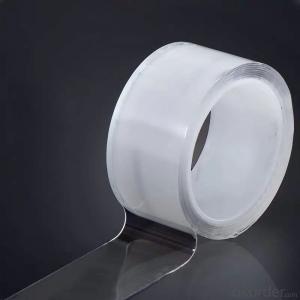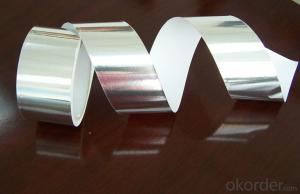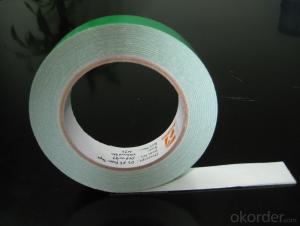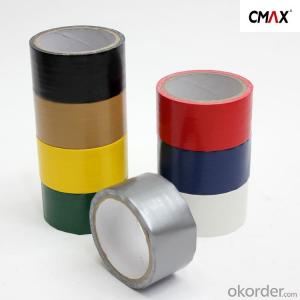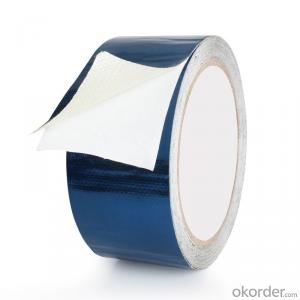Concrete Boxing Formwork
Concrete Boxing Formwork Related Searches
Aluminum Concrete Wall Forms Aluminum Wall Trim Aluminium Formwork Malaysia Mfe Aluminium Formwork Wall Ties Foundation Formwork Fabric Formwork Green Formwork Traditional Wall Sconces Doka Formwork Accessories Permanent Formwork Bridge DeckHot Searches
Aluminum Diamond Plate For Sale Gas Powered Core Aerator For Sale Concrete Plasticizer For Sale Concrete Slabs For Sale Revolution 4 Propeller For Sale Ex Display Log Cabins For Sale Cubicle Partitions For Sale Stearman Propeller For Sale Palram Greenhouses For Sale Gumbo Bowls For Sale Suzuki Propellers For Sale Freight Crates For Sale Outhouse Sheds For Sale Buy Limestone For Carving Buy Alabaster For Carving China Cutting Aluminum Plate 1 4 Aluminum Diamond Plate Price 4x8 Aluminum Diamond Plate Price 4x8 Diamond Plate Aluminum Price Wholesale Cutting Aluminum PlateConcrete Boxing Formwork Supplier & Manufacturer from China
Okorder.com is a professional Concrete Boxing Formwork supplier & manufacturer, offers integrated one-stop services including real-time quoting and online cargo tracking. We are funded by CNBM Group, a Fortune 500 enterprise and the largest Concrete Boxing Formwork firm in China.Hot Products
FAQ
- How many tapes do you need to make a tape? How do you calculate a mother roll and how many tapes do you make?To make a tape, you need a roll,1, how to calculate a mother roll, how many tapes do?2, now the mother rolls have what specifications?3. How much is the mother volume now?4, how do you calculate the profit of a roll of tape?
- 2. The mother rolls of different factories have different specifications. None of them can answer you. Only you ask the manufacturer who supplies it to you
- Yes, packaging tape can be used for sealing foam or bubble wrap. Packaging tape is designed to have a strong adhesive that adheres well to various surfaces, including foam and bubble wrap. By applying packaging tape to the edges or seams of foam or bubble wrap, you can securely seal and protect your items during shipping or storage. It is important to ensure that the tape is applied properly and firmly to provide a tight seal and prevent the foam or bubble wrap from coming loose.
- Writing on packaging tape can be quite difficult due to its smooth and glossy surface. Most writing tools struggle to stick properly to the tape, resulting in smudged or faded writing. Furthermore, the adhesive properties of packaging tape can cause ink to bleed, making it challenging to achieve clean and precise writing. As a solution, it is recommended to use a permanent marker or a specialized pen specifically designed for non-porous surfaces such as plastic. These writing tools typically yield superior outcomes and ensure that your writing stays legible and intact.
- Packaging tape is typically constructed to endure extreme temperatures and diverse weather conditions, although the degree of resistance may fluctuate depending on the tape's specific type and quality. Most packaging tapes are composed of robust materials like polypropylene or PVC, renowned for their durability and ability to withstand environmental elements. These tapes are often treated with specialized adhesives that retain their stickiness even in harsh temperatures or humid surroundings. Concerning extreme temperatures, packaging tapes are generally engineered to withstand a broad spectrum, including both frigid and scorching extremes. They can typically endure temperatures as low as -20 degrees Celsius or as high as 60 degrees Celsius without compromising their adhesive properties or becoming brittle. Similarly, packaging tapes are designed to exhibit resistance against diverse weather conditions. They are formulated to repel moisture, humidity, and UV radiation, which are prevalent factors that can deteriorate tape quality. This resistance ensures that the tape remains intact and efficient, even when exposed to rain, snow, or direct sunlight. It is crucial to note that although packaging tape is generally resistant to extreme temperatures and weather conditions, prolonged exposure to such circumstances can still impact its durability. Therefore, it is advisable to store and utilize packaging tape in a controlled environment whenever feasible to guarantee maximum effectiveness.
- Yes, packaging tape can be used for sealing plastic storage jars. Packaging tape is designed to provide a strong and secure seal, making it suitable for various applications including sealing plastic storage jars. It can effectively keep the contents of the jar protected and prevent any leakage or contamination. However, it is worth noting that there are other options specifically designed for sealing jars, such as jar lids and seals, which may provide a more secure and airtight seal.
- Yes, packaging tape does come in different odor-free options. Many manufacturers offer packaging tape that is specifically designed to be odorless, making it ideal for sensitive individuals or products that may be affected by strong scents.
- Indeed, one can utilize packaging tape for the purpose of sealing packages containing delicate artwork or sculptures. Nevertheless, it is crucial to exercise caution in selecting the appropriate variant of packaging tape to guarantee the safeguarding of the artwork. In general, it is highly recommended to opt for a top-notch, robust packaging tape that has been explicitly crafted for the purpose of shipping and handling fragile or delicate items. These varieties of tape often possess added reinforcement through the inclusion of fibers or augmented adhesive strength, thereby ensuring a secure seal and averting any potential harm during transportation. Furthermore, it is advisable to employ suitable cushioning materials such as bubble wrap or foam padding to provide adequate protection for the artwork housed within the package.
- Yes, packaging tape does come in different widths for different applications. Packaging tape is available in various widths ranging from as small as 0.75 inches to as wide as 3 inches or even more. The choice of width depends on the specific application and the size of the package being sealed. Smaller widths are often used for lighter weight packages or for sealing small boxes or envelopes. On the other hand, wider widths are commonly used for heavy-duty or larger boxes that require extra strength and security. The availability of different widths allows users to select the most appropriate tape size based on their specific packaging needs.

